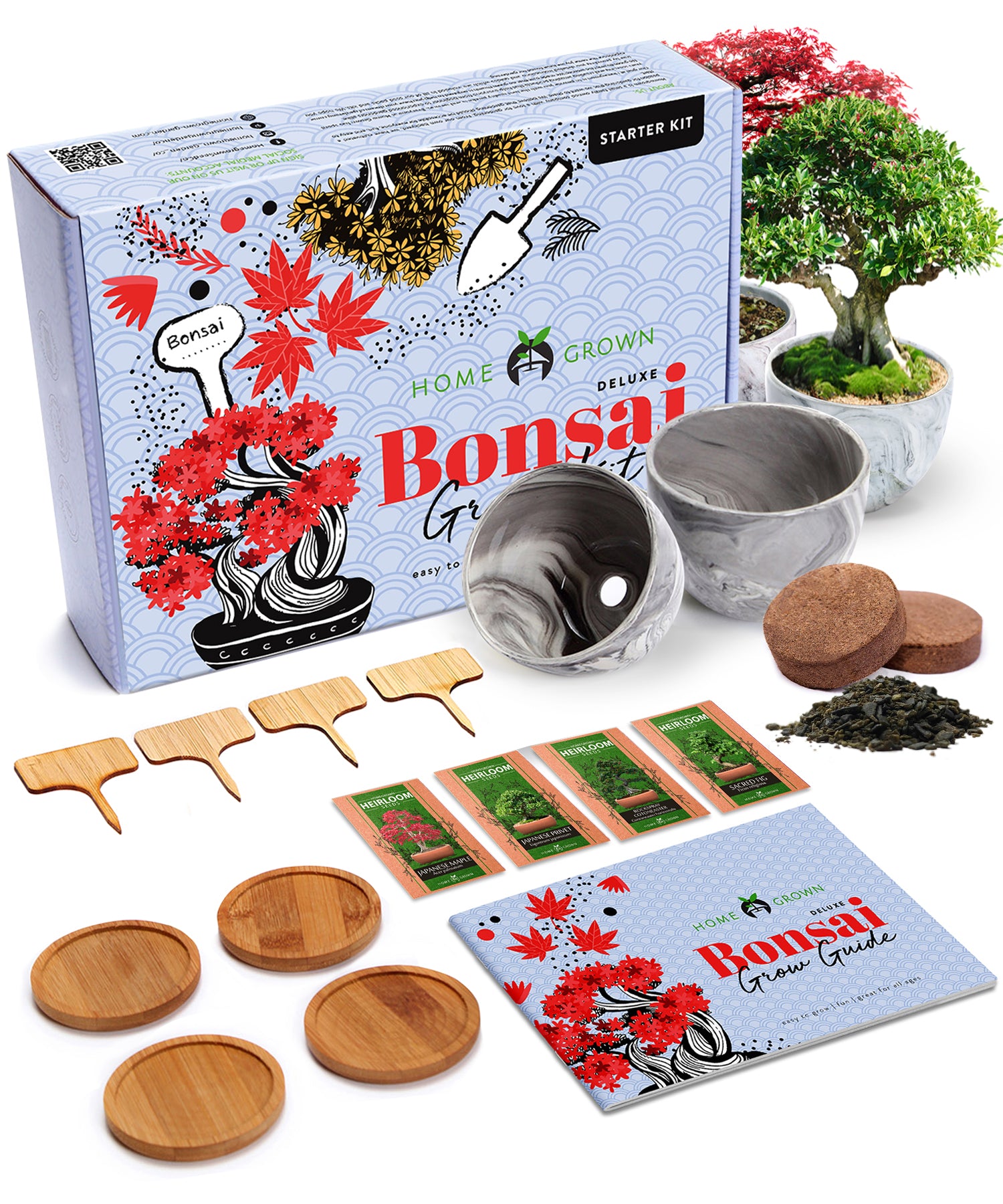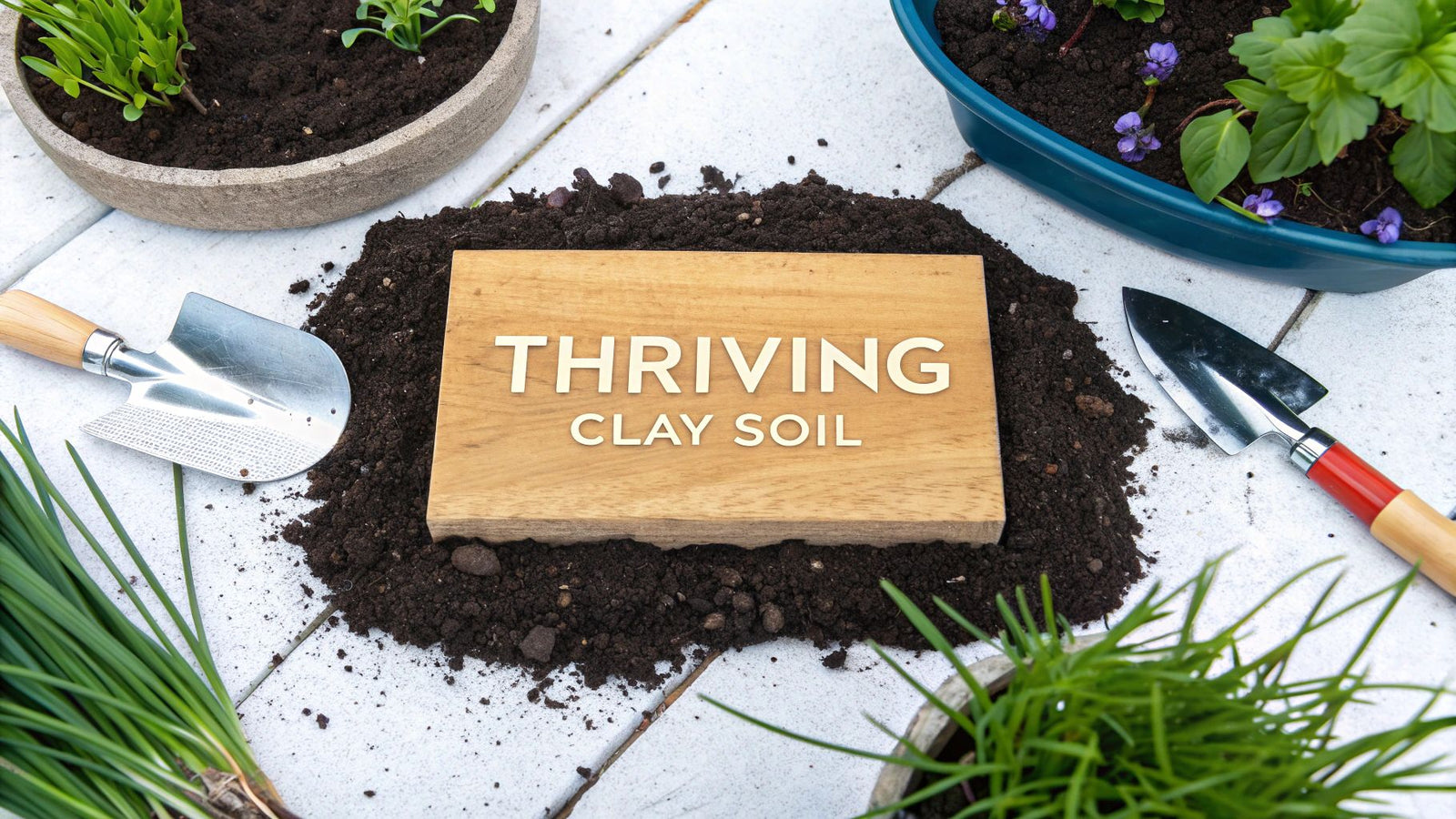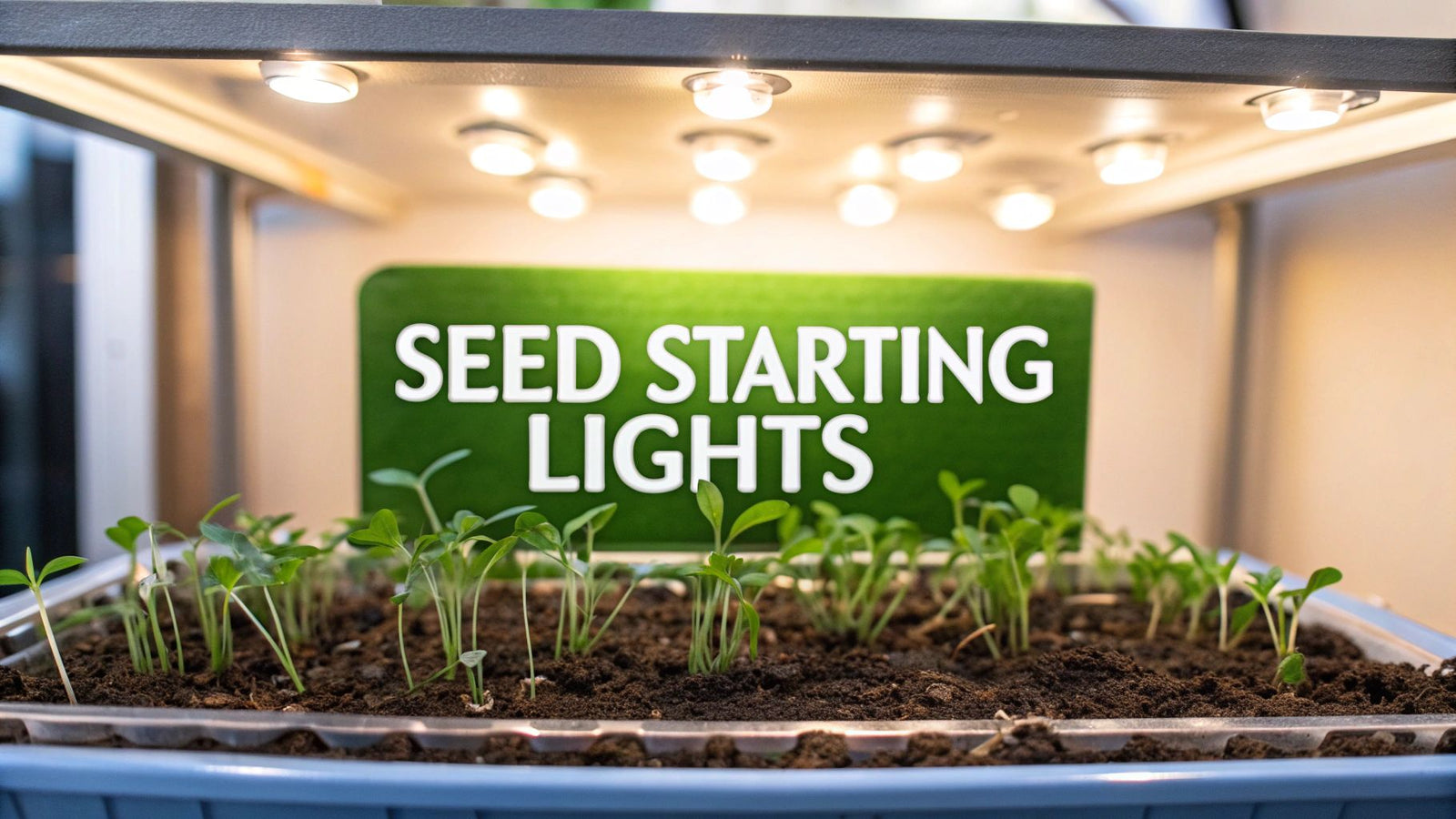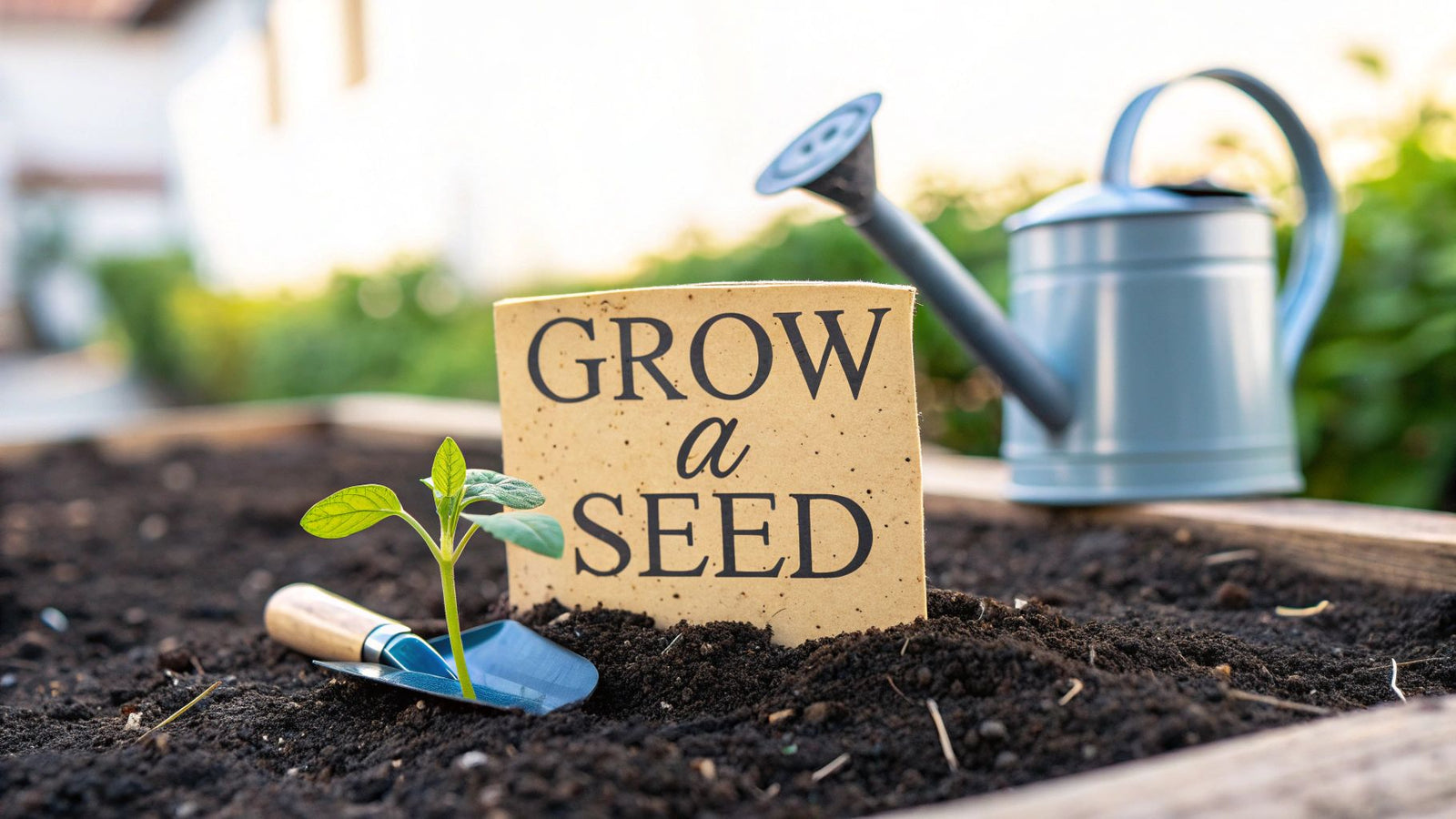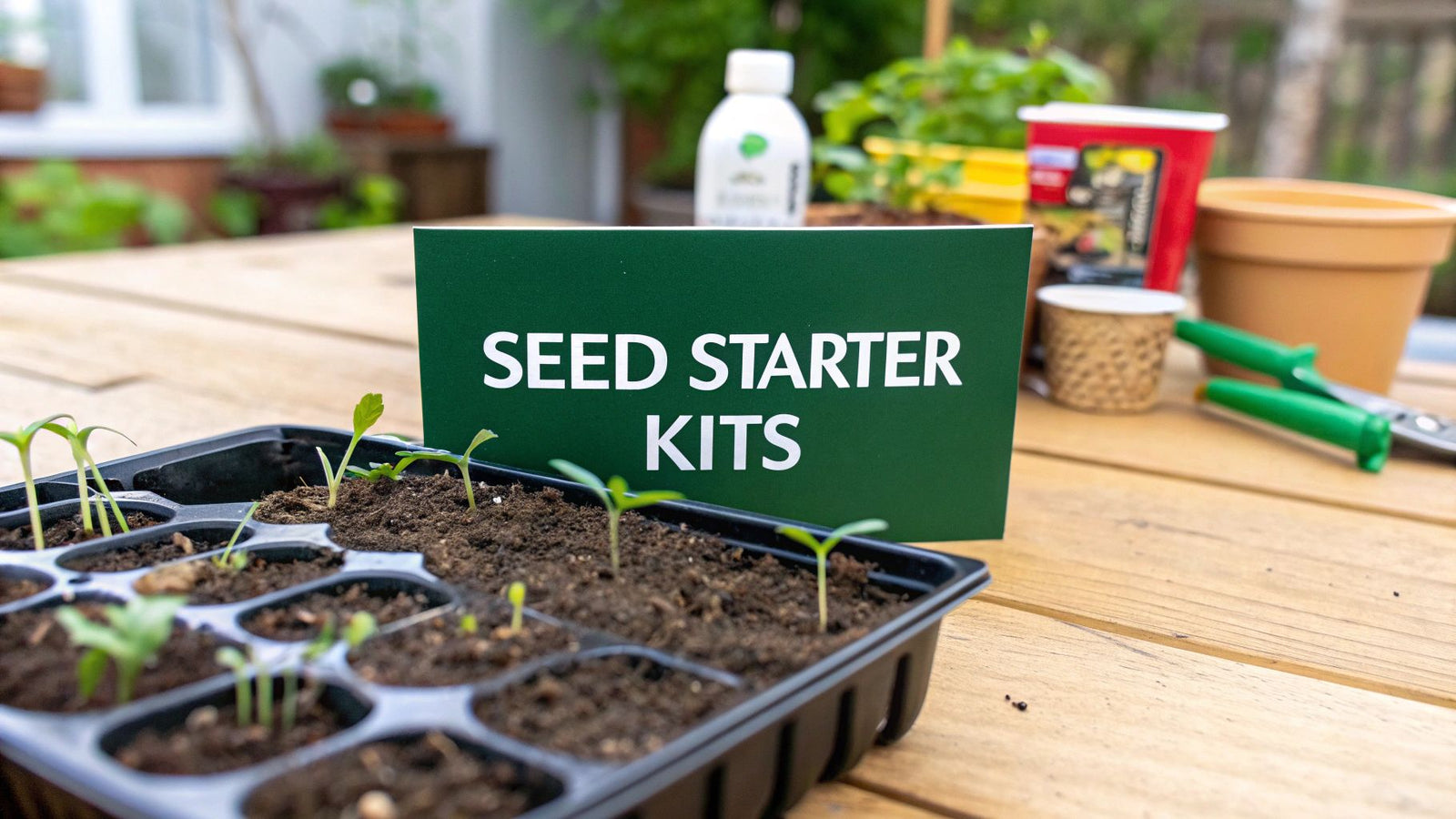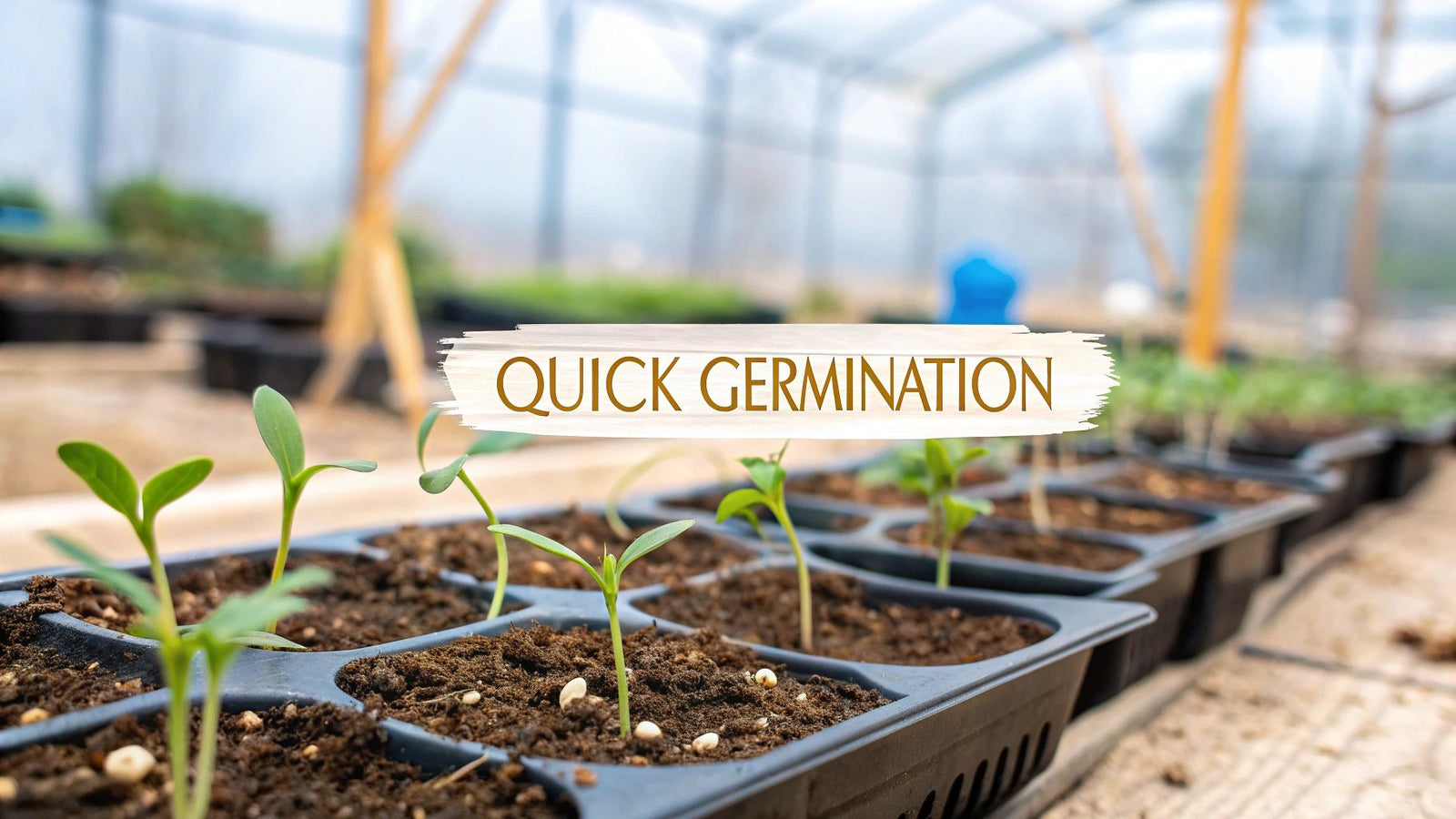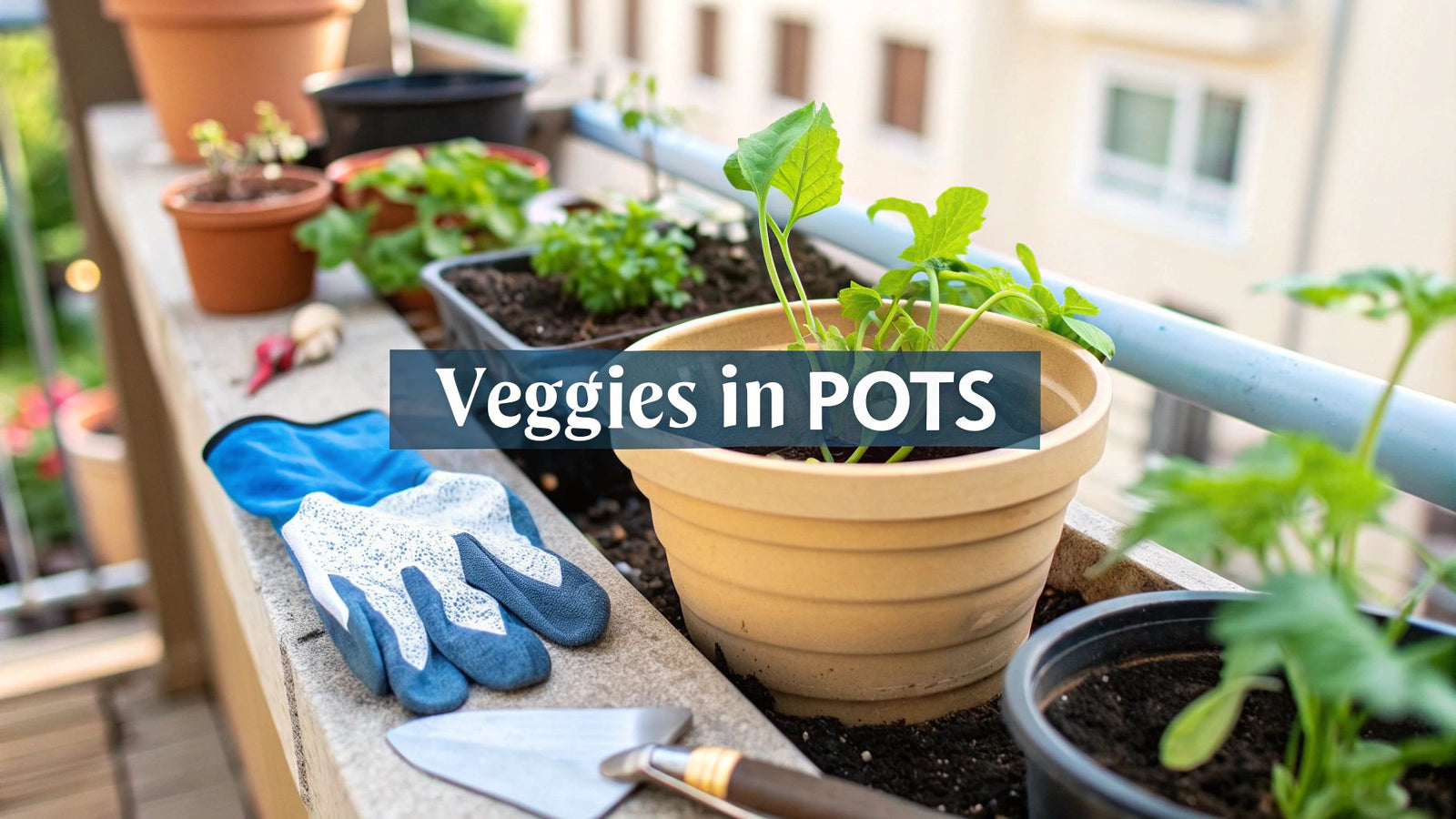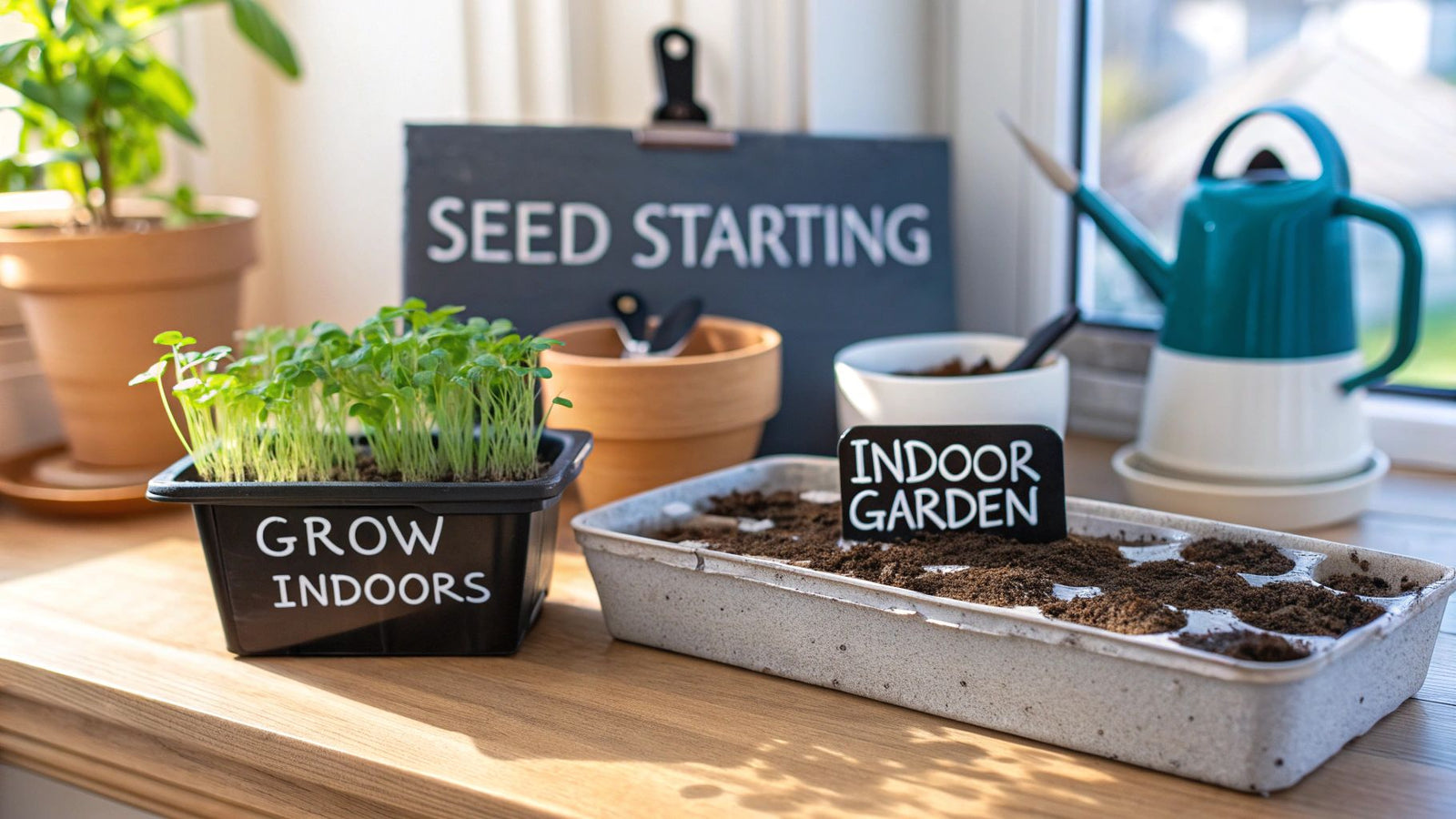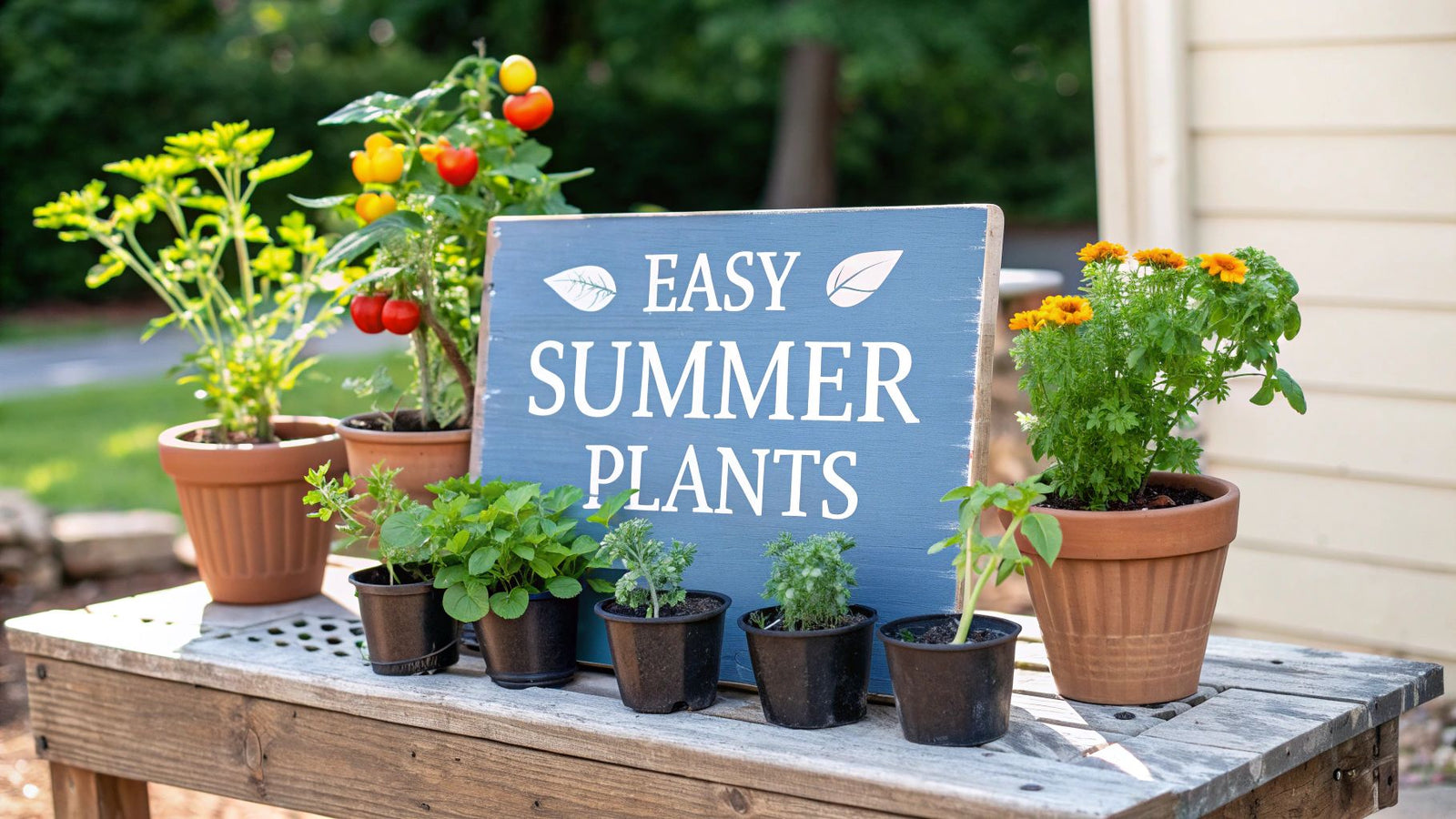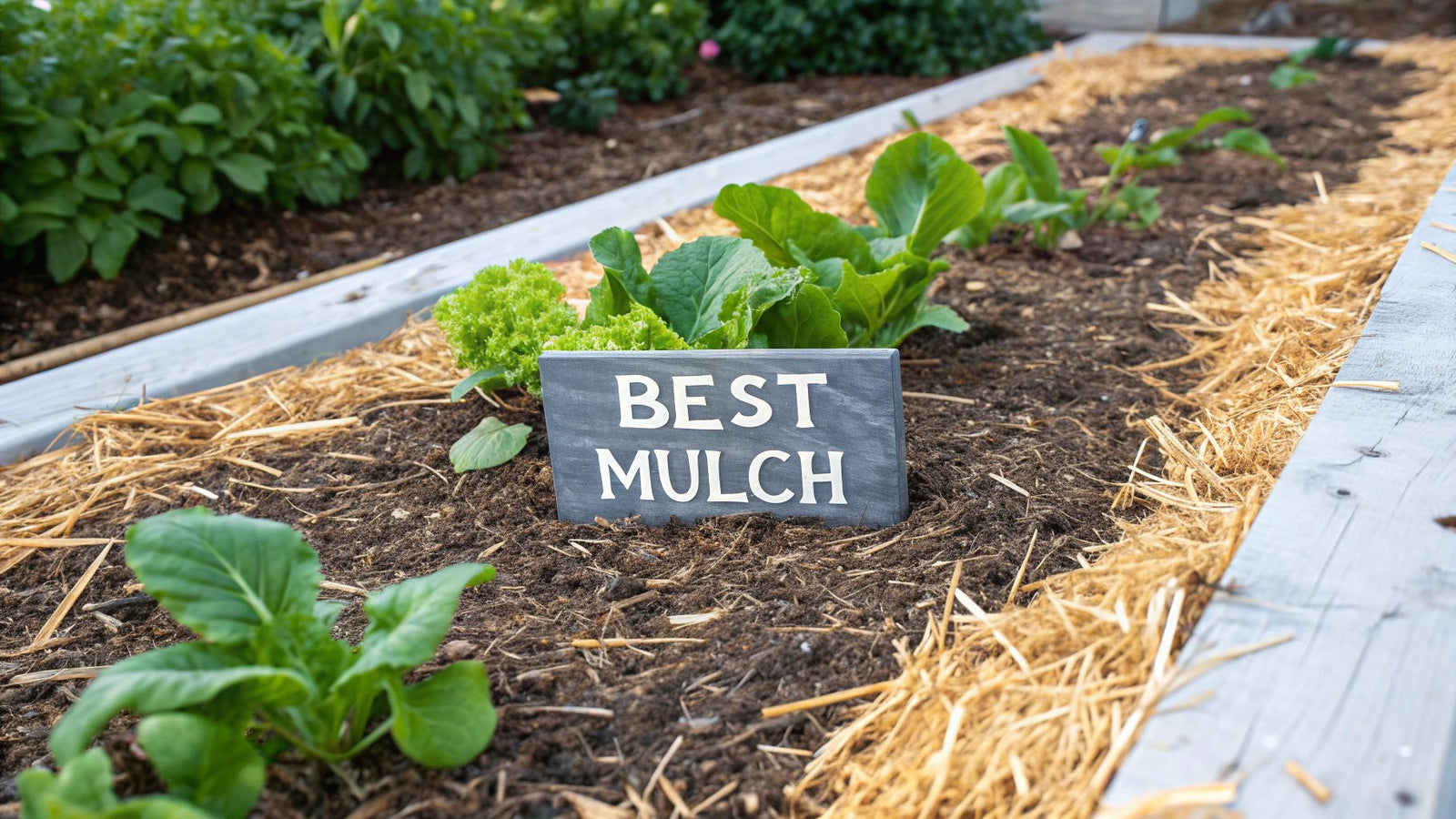Blogs
Learn how to improve clay soil with practical tips to boost drainage and fertility. Discover easy methods to create a productive garden soil today!
- October 07, 2025
- 18 min read
Discover the 7 best grow lights for seed starting. Our guide compares LED and fluorescent options to help you grow strong, healthy seedlings indoors.
- October 06, 2025
- 16 min read
Want to know how to grow a seed? This beginner's guide covers 11 key steps from seed selection to nurturing your seedling into a healthy, thriving plant.
- October 05, 2025
- 14 min read
Discover the 7 best seed starter kits for every gardener. Our guide covers setup, care, and tips to help you grow healthy seedlings with ease this season.
- October 04, 2025
- 18 min read
Learn how to germinate seeds quickly with 11 expert methods. Get your garden growing faster by mastering these effective germination tips today!
- October 03, 2025
- 14 min read
Discover how to start growing vegetables in pots for beginners with our simple guide. Learn tips on choosing containers, soil, watering, and more for success!
- October 02, 2025
- 18 min read
Learn how to grow seeds indoors with our simple 11-step guide. Perfect for beginners looking to start gardening indoors successfully!
- October 01, 2025
- 15 min read
Discover what to plant for summer with our guide to 8 thriving vegetables, herbs, and flowers. Get expert tips for a bountiful and beautiful garden this season.
- September 30, 2025
- 16 min read
Looking for the best mulch for vegetable gardens? Discover top options to improve plant health, reduce watering, and prevent weeds today!
- September 29, 2025
- 16 min read

